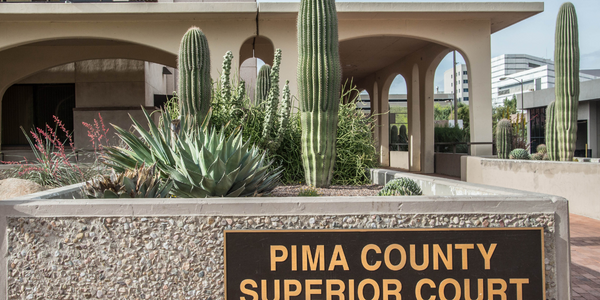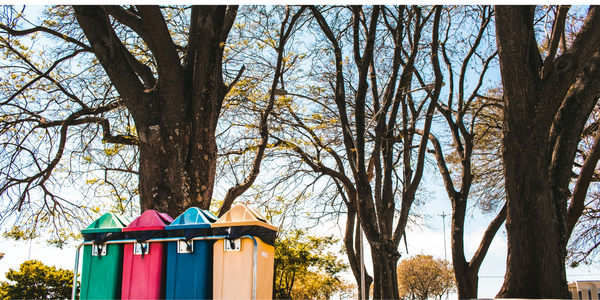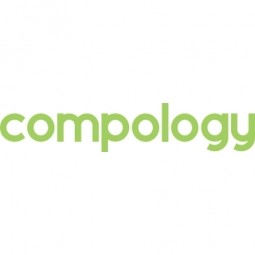
Technology Category
- Analytics & Modeling - Big Data Analytics
- Sensors - GPS
- Sensors - Level Sensors
Applicable Industries
- Recycling & Waste Management
Applicable Functions
- Business Operation
Use Cases
- Track & Trace of Assets
The Customer
Wastequip
About The Customer
Wastequip, a North American manufacturer of waste and recycling equipment.
The Challenge
As the waste industry continues to evolve and focus on more efficient and effective methods of tracking and deploying containers and other assets, were excited to be able to offer a solution for our customers.
The Solution
Compology installs rugged sensors inside roll-off containers to track fullness and GPS location. Compologys sensors and software consistently outperformed other technology offerings in the harshest conditions. It is available on new Wastequip roll-off containers and can be retrofitted to any container already in use.
The interactive calculator allows users to enter the number of roll-off trucks they run daily along with their average revenue per haul. The calculator assumes that waste haulers can reduce the number of days on site per container by just one day, allowing the hauler to redeploy the container to another customer to generate additional revenue. All assumptions made as part of the revenue calculations are clearly detailed within the website.
The interactive calculator allows users to enter the number of roll-off trucks they run daily along with their average revenue per haul. The calculator assumes that waste haulers can reduce the number of days on site per container by just one day, allowing the hauler to redeploy the container to another customer to generate additional revenue. All assumptions made as part of the revenue calculations are clearly detailed within the website.
Quantitative Benefit

Case Study missing?
Start adding your own!
Register with your work email and create a new case study profile for your business.
Related Case Studies.

Case Study
Water Treatment Energy Management
Water pumping, treatment and conveyance are among the largest energy and cost outlays for many local and regional municipalities. Electricity time-of-use rates and peak pricing tariffs are driving those costs even higher. This case study describes how Monterey Regional Water Pollution Control Agency (MRWPCA) implemented a process data monitoring and control solution in order to analyze and optimize energy use, reduce deployment costs and save operational expenses.

Case Study
Pima County takes significant steps in preserving water source
Pima County is facing the following challenges: - Management of more than 60 million gallons of sewage each day to support the region’s population of more than 1 million people. - To take immediate action when alarms sound alerting operators to issues within the plant The solution should be able to enable the following feature: - To ensure capture of institutional knowledge of current workforce for effective training of future operators - To employ an effective Situational Awareness strategy enabling personnel to effectively understand and address operations of the facility - With assets spread out over more than 700 miles, operational management is difficult

Case Study
A SMART SOLUTION FOR A CIRCULAR ECONOMY
A detailed study conducted by a student from Universidad Pontificia Comillas ICAI in Spain highlighted the need for ecologically safe and sustainable products. While recycling plays an important role in the circular economy, many consumers don’t recycle for a variety of reasons, including lack of space, inconveniently located recycling centers and collection containers, or distrust and/or disbelief in the recycling process. Organizations needed a model that made recycling easier and more accessible for everyone.

Case Study
Conveyor Belt Monitoring
In a smart environment of management, control and industrial automation, one of the key elements to anticipate failures and increase productivity is to be able to monitor the status and use of conveyor belts of any kind of sector, whether it is for logistics or manufacturing.

Case Study
Smart Energy Management: A Case Study of BTC City Ljubljana
BTC City Ljubljana, one of the largest business, shopping, entertainment, recreation and cultural centers in Europe, faced a significant challenge due to its high energy consumption. The center's energy needs were comparable to those of urban centers, due to its large number of facilities, wide area, and high consumption of electricity, water, and heating. The management recognized the economic necessity of energy management and sought to reduce energy consumption and costs, as well as subsequent CO2 emissions. They aimed to implement an energy management (EM) system for its multi-purpose facilities, in line with the ISO 50001 standard, which supports organizations to conserve resources and tackle climate change. The challenge was to control the consumption of individual energy products and monitor consumption by individual end-users, requiring tools for easy data collection, performance analysis, and production of automated reports.




